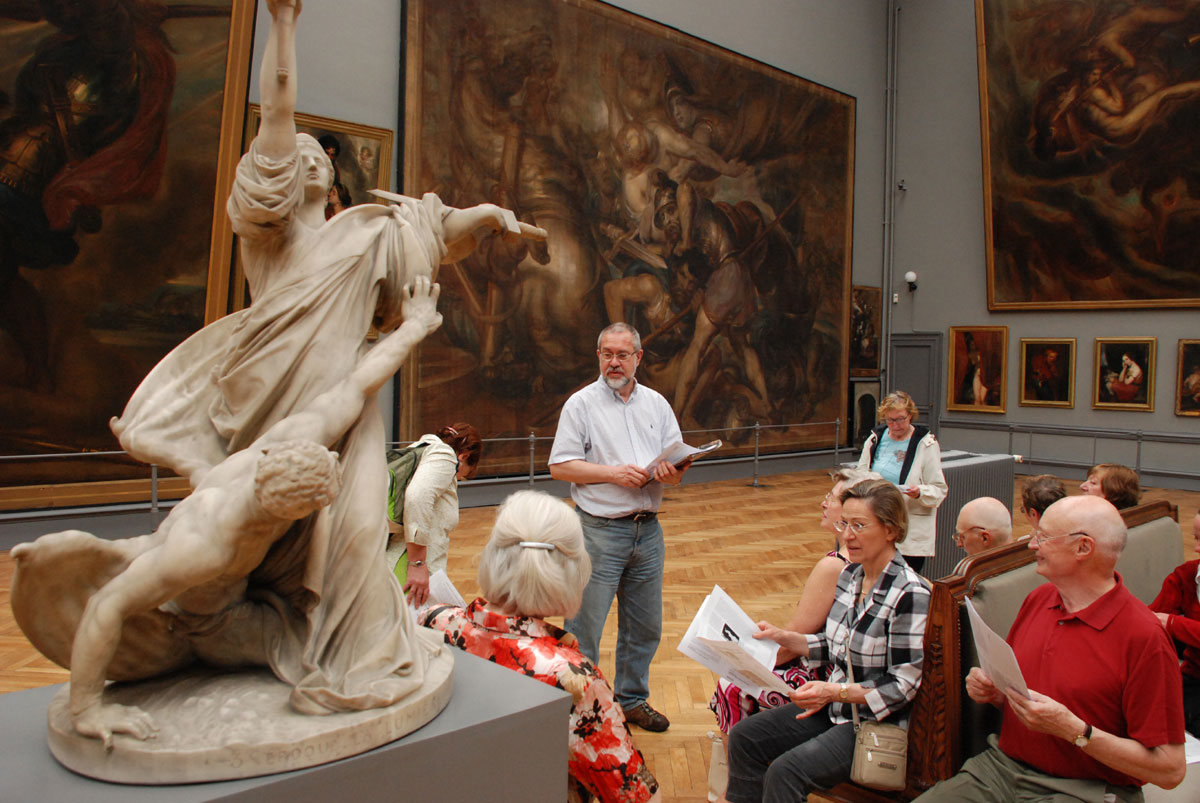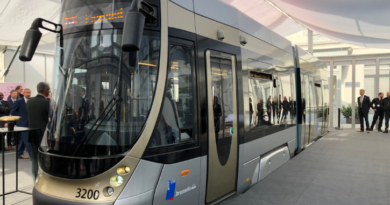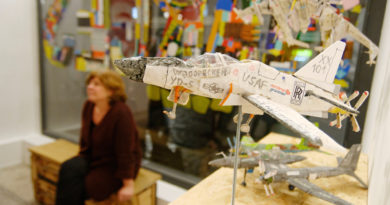The European Parliament and the Wiertz Museum. Win-win or win-lose?
Does anyone remember Antoine Wiertz? For the honest European, Belgian fin de siècle art can be summed up in three names: Ensor, Rops and Khnopff. But not Wiertz! What a pity, because Wiertz was a pioneer of symbolist art, a mysterious and fertile period including among its ranks prestigious figures like Odilon Redon, Munch, Böcklin, von Stuck and Whistler. The painter’s studio, converted into a Museum on the street that bears his name, is also very important for art-lovers. During its golden age – between 1885 and 1914 – the Léopold quarter housed more than 30 artists’ studios.
One after another, these studios have been chipped away by the buildings of the European quarter. Only the Wiertz Museum and the Marcel Hastir studio on Rue du Commerce have escaped destruction, but then at the beginning of this year we learned that the Wiertz Museum has been acquired by the European Parliament.

Integrating art into European culture or using spaces for cynical opportunism?
Let’s be honest: how many people visit the Wiertz Museum every year? Very few, despite his importance as an artist and the impressive beauty of the space, because the Belgian authorities are skilled in ignoring their national art. They show no pride in it, fail to promote it, even letting the rain into their museums. So why should we be ashamed?
This is what certain senior officials in the European Parliament should have asked themselves. Leaving the studio and works of Wiertz to their fate, they have seized the adjacent building via a 50- year lease for a price of €1, with renovation at their expense. The question is this: why did they acquire it? Create a synergy between the studio and the building? Put the building to new use, thus increasing the appeal of the studio? Set up a ‘cultural’ European space within the building? In truth, we don’t know, because the deal appears to have been done in the utmost secrecy. Several representatives of the Ixelles Commune contacted by us were not aware of it, and neither were any directors of the National Museums. This lack of transparency gives rise to deep suspicions.
For the European Parliament, finding new premises and spaces seems to be a growing leitmotif, as if its poor current performance paradoxically justifies more staff and more offices. Or perhaps, behind this decision, there is a motivation to find replacement property for when the renovation (or even re- building) of the Brussels hemicycle and premises, officially recognised as obsolescent, begins. Here as well, we see such opacity and contempt for the citizen.
What does the city of Strasbourg think about this? On its side, it is currently preparing for provisional or permanent housing of its EP services, which will be affected by the restoration works in Brussels.
It is clear that the more you talk about transparency, the less transparent you are and the more you create confusion, mistrust and ulterior motives. This comes at a time when only through strong ethical convictions can we stop the EU going backwards. In any event, I ask that you promptly sign the attached petition against the dismantling of the Wiertz Museum. What a nice present it would be to start the year, if the European Parliament could grab this unique opportunity to use its huge budget (€1.8 billion) to finance a prestigious space for everyone, mixing European culture, democracy and the promotion of a district looking for recognition.



